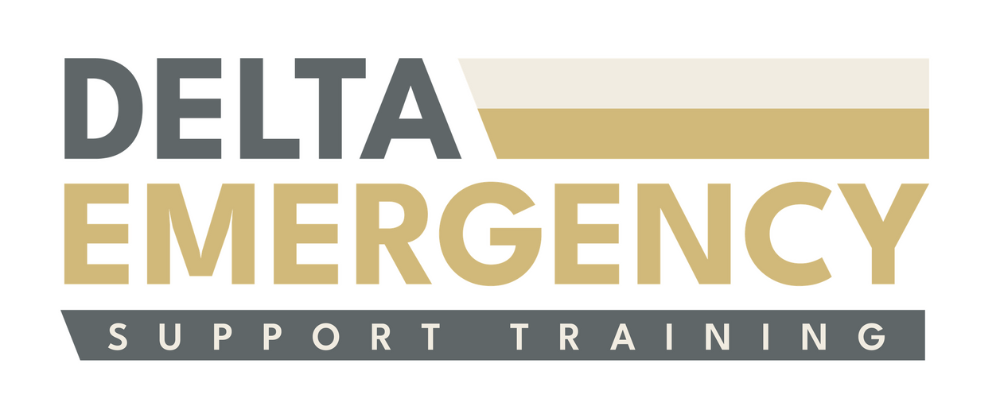Child Poisoning Risks in at Homes: Hidden Dangers Parents Overlook
/Child safety isn’t just about covering electrical outlets or installing safety gates. Modern homes are filled with hidden hazards that can lead to accidental poisoning. Every year, thousands of Canadian children are treated in emergency departments for ingestion of harmful substances, many of which are found in everyday household items.
Parents and babysitters must understand these risks, recognize early warning signs, and know how to respond quickly and effectively if an incident occurs. This knowledge can make the difference between a minor scare and a life-threatening emergency.
⚠️ Why Child Poisoning Is a Real Concern
Children, particularly those under five years old, explore their world by putting things in their mouths. This natural curiosity makes them highly vulnerable to poisoning.
Even products that seem harmless — vitamins, essential oils, or decorative plants — can become dangerous in the wrong hands. While public awareness campaigns and childproofing efforts have reduced some risks, new hazards continue to emerge in modern homes.
🏠 Common Poisoning Hazards in Homes
1. Medications
Medications are the most common source of accidental poisoning in children. This includes:
Prescription medications: Painkillers, antidepressants, or blood pressure medications
Over-the-counter medications: Cough syrups, antihistamines, pain relievers
Vitamins and supplements: Especially chewable or gummy forms
Scenario: A toddler finds a bottle of adult multivitamins on the counter and ingests several gummies. Though they taste like candy, these vitamins can contain iron, which can be toxic in large amounts.
Prevention Tips:
Store medications in locked cabinets out of reach.
Keep medications in original containers with child-resistant caps.
Educate older children about the dangers of consuming pills.
2. Cleaning Products and Chemicals
Everyday cleaning supplies can be deadly if ingested or inhaled. Items such as:
Laundry pods and detergents
Bleach and disinfectants
Oven cleaners and drain openers
Antifreeze and automotive chemicals
Scenario: A child playing near the laundry room mistakes a brightly colored laundry pod for candy. The pod bursts in their mouth, causing chemical burns and severe vomiting.
Prevention Tips:
Always store chemicals in locked cabinets or high shelves.
Keep chemicals in original packaging with labels intact.
Never transfer chemicals to food or drink containers — this can confuse children and adults alike.
3. Personal Care Items and Cosmetics
Personal care items may seem harmless, but many contain toxic chemicals:
Nail polish and polish remover (contains acetone)
Perfumes, essential oils, and aromatherapy products
Mouthwash or hand sanitizers (contain alcohol)
Scenario: A young child sprays themselves with a bottle of essential oil or drinks hand sanitizer, leading to alcohol poisoning or chemical burns.
Prevention Tips:
Keep small bottles and tubes out of reach.
Teach children that cosmetics and oils are not safe to taste or drink.
Consider using child-proof caps on accessible items if possible.
4. Batteries and Small Electronics
Modern homes have gadgets everywhere — and many contain button batteries or small parts that pose serious risks:
Remote controls, toys, hearing aids, and watches
Small battery-powered devices like LED lights or calculators
Why It’s Dangerous: If swallowed, button batteries can cause life-threatening internal burns within hours.
Prevention Tips:
Secure battery compartments with tape or screws.
Keep spare batteries well out of reach.
Supervise children when they are near electronics.
5. Plants and Certain Foods
Houseplants: Some common plants, like lilies, philodendrons, or dieffenbachia, are toxic if ingested.
Mushrooms: Wild mushrooms growing indoors or in yards can be poisonous.
Food hazards: Unripe or green potatoes, caffeine, alcohol, or small hard candies can pose risks.
Scenario: A curious child bites into a decorative houseplant leaf, resulting in mouth swelling, vomiting, or diarrhea.
Prevention Tips:
Research houseplants for toxicity before bringing them home.
Keep wild mushrooms away from children.
Store harmful foods well out of reach.
🧸 Prevention Strategies for Parents and Babysitters
Supervision is Key: Children should never be left unsupervised in kitchens, bathrooms, or laundry rooms.
Safe Storage: Keep medications, chemicals, and small electronics in locked cabinets.
Clear Labeling: Clearly label all hazardous substances.
Educate Older Children: Teach older children about what is safe to touch, eat, or taste.
Regular House Checks: Review new gadgets, cleaning products, or cosmetics as they enter your home.
Emergency Prep: Keep the Poison Control number (1-800-268-9017) handy, and ensure all babysitters know how to respond.
🚨 Recognizing Poisoning Early
Poisoning symptoms vary depending on the substance, but common warning signs include:
Nausea, vomiting, or diarrhea
Drooling or burns around the mouth
Difficulty breathing or wheezing
Drowsiness, irritability, or agitation
Seizures or loss of consciousness
Tip: Many parents or babysitters may overlook subtle signs. Early recognition and swift action can prevent serious injury.
📞 Emergency Response Steps
Stay calm and assess the scene: Ensure your own safety first.
Call 911 immediately if the child is unresponsive, having seizures, or having trouble breathing.
Contact Canada Poison Centre: 1-800-268-9017 for guidance if the child is stable but has ingested a harmful substance.
Provide detailed information: Substance, amount ingested, time, and child’s age/weight.
Follow instructions exactly: Do not induce vomiting unless directed.
Monitor the child until professional help arrives.
✅ Key Takeaways
Poisoning can happen even in well-prepared homes.
Everyday items, modern gadgets, and seemingly safe foods can all be dangerous.
Prevention, supervision, and education are the most effective strategies.
Babysitters and parents should recognize early warning signs and know emergency contacts.
Being prepared ensures quick response and better outcomes for children.
❤️ Final Thought
Modern homes are full of hidden hazards, but awareness and preparation can make them safe spaces for children. By understanding child poisoning risks, supervising carefully, and knowing how to respond, parents and babysitters can prevent accidents and protect the next generation.




